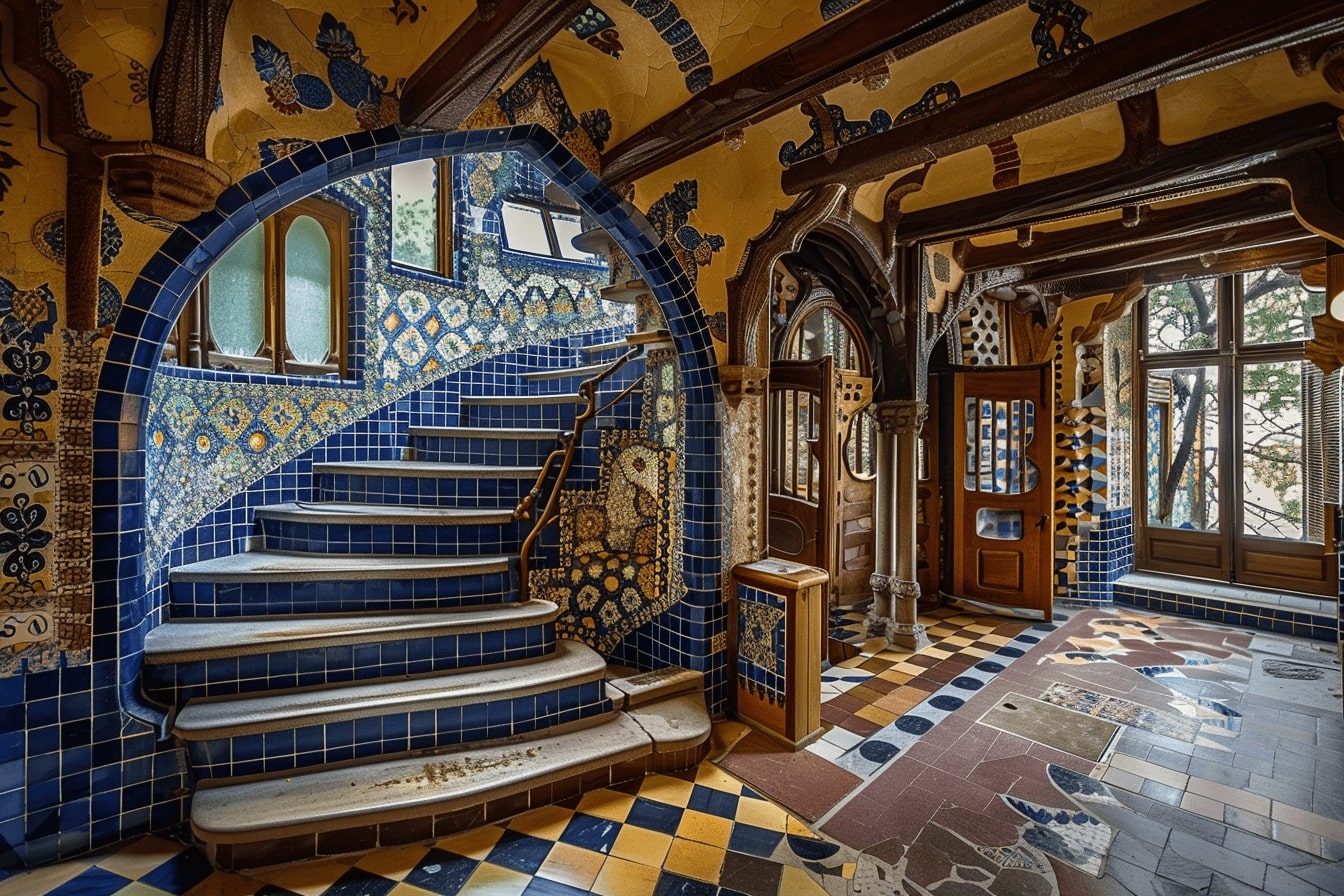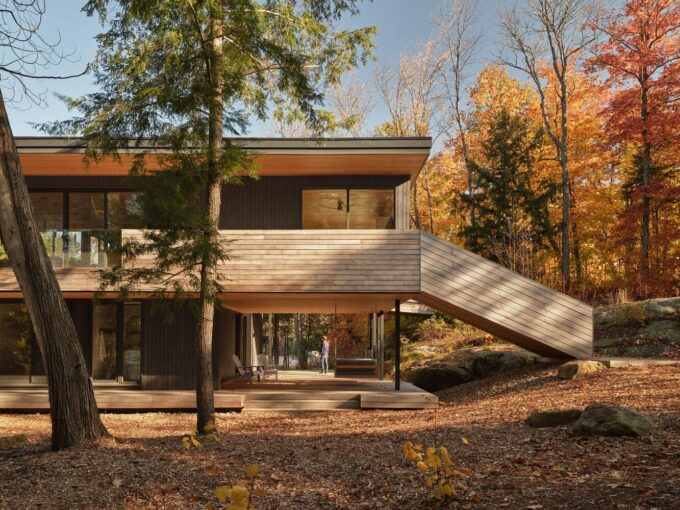- Home
- Articles
- Architectural Portfolio
- Architectral Presentation
- Inspirational Stories
- Architecture News
- Visualization
- BIM Industry
- Facade Design
- Parametric Design
- Career
- Landscape Architecture
- Construction
- Artificial Intelligence
- Sketching
- Design Softwares
- Diagrams
- Writing
- Architectural Tips
- Sustainability
- Courses
- Concept
- Technology
- History & Heritage
- Future of Architecture
- Guides & How-To
- Art & Culture
- Projects
- Interior Design
- Competitions
- Jobs
- Store
- Tools
- More
- Home
- Articles
- Architectural Portfolio
- Architectral Presentation
- Inspirational Stories
- Architecture News
- Visualization
- BIM Industry
- Facade Design
- Parametric Design
- Career
- Landscape Architecture
- Construction
- Artificial Intelligence
- Sketching
- Design Softwares
- Diagrams
- Writing
- Architectural Tips
- Sustainability
- Courses
- Concept
- Technology
- History & Heritage
- Future of Architecture
- Guides & How-To
- Art & Culture
- Projects
- Interior Design
- Competitions
- Jobs
- Store
- Tools
- More
Unveiling the Design Secrets of Antoni Gaudí: Innovative Techniques and Timeless Influence

Antoni Gaudí’s architectural masterpieces have captivated us for over a century, standing as testaments to his genius and creativity. From the whimsical curves of Park Güell to the awe-inspiring Sagrada Família, his unique style blends nature, religion, and innovation in ways that continue to inspire and intrigue.
As we delve into Gaudí’s design secrets, we’ll uncover how he used organic forms, intricate mosaics, and groundbreaking engineering techniques to create structures that seem almost alive. Join us on this journey to explore the mind of a visionary who forever changed the landscape of modern architecture.
Table of Contents
ToggleGaudi’s Architectural Philosophy
Antoni Gaudí’s architectural philosophy revolves around harmonizing natural forms, religious symbolism, and innovative engineering. Discover the core elements that shaped his iconic masterpieces.
Inspiration from Nature
Gaudí drew extensive inspiration from nature’s organic forms and structures. He believed that architecture should mimic the natural world, ensuring buildings felt alive. For example, he utilized curves, parabolas, and hyperbolic arches in his designs. Parts of Park Güell showcase serpentine mosaics inspired by natural landscapes. Furthermore, Gaudí’s use of tree-like columns in the Sagrada Família reflects his commitment to integrating nature into his architectural vision.
Integration of Religion
Religion played a pivotal role in Gaudí’s designs, infusing a spiritual dimension into his creations. He incorporated religious symbolism and Christian motifs throughout his projects. The Sagrada Família, his most famous work, epitomizes this blend of spirituality and architecture. Its detailed facades tell biblical stories through intricate sculptures and symbolic elements. Gaudí’s dedication to his faith is evident in every stone, curve, and mosaic, creating spaces that inspire awe and reflection.

Key Elements of Gaudi’s Design
Antoni Gaudí’s designs are renowned for their detailed craftsmanship, intricate mosaics, and innovative use of light and color. These elements are essential in understanding the uniqueness and beauty of his work.
Mosaic Techniques and Trencadís
Gaudí extensively used a technique known as trencadís in his mosaics. Trencadís, a form of mosaic created from broken tile shards, allowed Gaudí to incorporate vibrant colors and textures into his designs. Park Güell exemplifies this, with its dragon fountain and serpentine bench showcasing complex, colorful patterns. This method not only provided aesthetic brilliance but also demonstrated Gaudí’s commitment to sustainability, as he often repurposed discarded materials.
The Role of Light and Color
Light and color played pivotal roles in Gaudí’s architectural vision. Gaudí expertly manipulated natural light to enhance the spiritual and aesthetic qualities of his structures. In the Sagrada Família, he used strategically placed windows and stained glass to create a divine ambiance filled with vivid hues and dynamic light effects. Gaudí’s emphasis on natural light ensured that spaces transformed throughout the day, providing a continually evolving visual experience.
Iconic Works of Antoni Gaudi
Antoni Gaudí’s designs epitomize his unique vision and architectural genius. His masterpieces continue to captivate millions.
Sagrada Familia
The Sagrada Familia, Gaudí’s magnum opus, stands as a testament to his creative genius and religious devotion. This basilica, under construction since 1882, seamlessly integrates Gothic and Art Nouveau forms. Gaudí’s innovative use of hyperboloid structures and catenary arches enables both aesthetic beauty and structural integrity. The intricate facades, like the Nativity and Passion Facades, depict biblical narratives, intertwining faith and art. Inside, vibrant stained glass windows cast colorful light, creating an ethereal atmosphere. The Sagrada Familia’s unique architectural forms and symbolism make it one of the most visited landmarks in Spain.

Parc Güell
Parc Güell, a public park system designed by Gaudí, showcases his ability to harmonize architecture and nature. Built between 1900 and 1914, the park features sinuous forms, vibrant mosaics, and organic shapes. At the main entrance, the dragon-like mosaic sculpture, “El Drac,” symbolizes nature’s strength and mystery. The park’s colonnaded hall, with its tree-like columns, provides shaded walkways that blend seamlessly into the landscape. The esplanade, bordered by a serpentine bench covered in trencadís mosaics, offers panoramic views of Barcelona. Parc Güell exemplifies Gaudí’s innovative designs and his commitment to integrating natural elements into urban environments.

Impact and Legacy
Antoni Gaudí’s work has left an indelible mark on architecture and design. His innovative approaches continue to inspire architects worldwide.
Influence on Modern Architecture
Gaudí’s unique blend of Gothic and Art Nouveau styles profoundly influenced modern architecture. Gaudí’s techniques, such as the use of hyperbolic paraboloid structures and organic forms, can be seen in contemporary buildings. For instance, architects like Frank Gehry and Santiago Calatrava have drawn inspiration from Gaudí’s emphasis on fluid, dynamic shapes. Additionally, Gaudí’s ability to merge functionality with aesthetics has motivated sustainable architecture trends, highlighting the importance of integrating natural elements into urban environments.
Preservation of Gaudi’s Works
The preservation of Gaudí’s works has become a global concern due to their historical significance. UNESCO has recognized several of his masterpieces as World Heritage Sites, including the Sagrada Família and Park Güell. Conservation efforts focus on maintaining the original integrity of these sites while adapting them for modern tourist needs. For example, the ongoing construction of the Sagrada Família adheres to Gaudí’s original designs and techniques, ensuring that his vision remains intact. Restoration projects often use traditional materials to retain authenticity, although advanced technologies also play a role in preserving these architectural treasures.

Conclusion
Antoni Gaudí’s architectural genius has left an indelible mark on the world of design. His innovative techniques in light and color, unparalleled craftsmanship, and sustainable practices showcase a unique blend of function and aesthetics. Gaudí’s use of trencadís mosaics and dynamic manipulation of natural light create immersive experiences in his works, most notably in the Sagrada Família.
His ability to harmonize nature with built structures reflects a deep understanding of organic forms and religious symbolism. The fusion of Gothic and Art Nouveau styles in iconic sites like Parc Güell and the Sagrada Família highlights his visionary approach to architecture. This blend of styles and commitment to integrating natural elements into urban environments sets Gaudí’s work apart.
Gaudí’s influence extends beyond his time, inspiring modern architects such as Frank Gehry and Santiago Calatrava. The ongoing preservation of his masterpieces, recognized by UNESCO, underscores the global appreciation and need for conservation. Efforts to maintain the original integrity of his works while adapting them to modern requirements involve the use of both traditional materials and cutting-edge technology.
Our understanding of Gaudí’s design secrets not only enriches our appreciation of his work but also provides valuable insights for contemporary and future architectural practices. This continuing legacy is a testament to the timeless relevance and innovation of Antoni Gaudí’s architectural philosophy.
1 Comment
Submit your architectural projects
Follow these steps for submission your project. Submission FormLatest Posts
The Ultimate Guide to Fencing in North Dakota: Choosing the Best Fence for Your Property
Watching a chain link fence twist in 70 mph winds near Minot...
Gaudí: Where Architecture Meets Science
Gaudí: Where Architecture Meets Science shows catenary arches, ruled surfaces, and biomimicry...
How Housing Market Forces Shape Architectural Design Today
Architecture never exists in isolation. Buildings rise from a mix of ambition,...
Why Portable Formaldehyde Gas Detectors Matter on Construction Sites
As construction practices shift toward more enclosed and material-intensive environments, the risk...












Love your article! Beautifully written! I wish you had a few pictures about the religious symbolism in La Sagrada Familia.